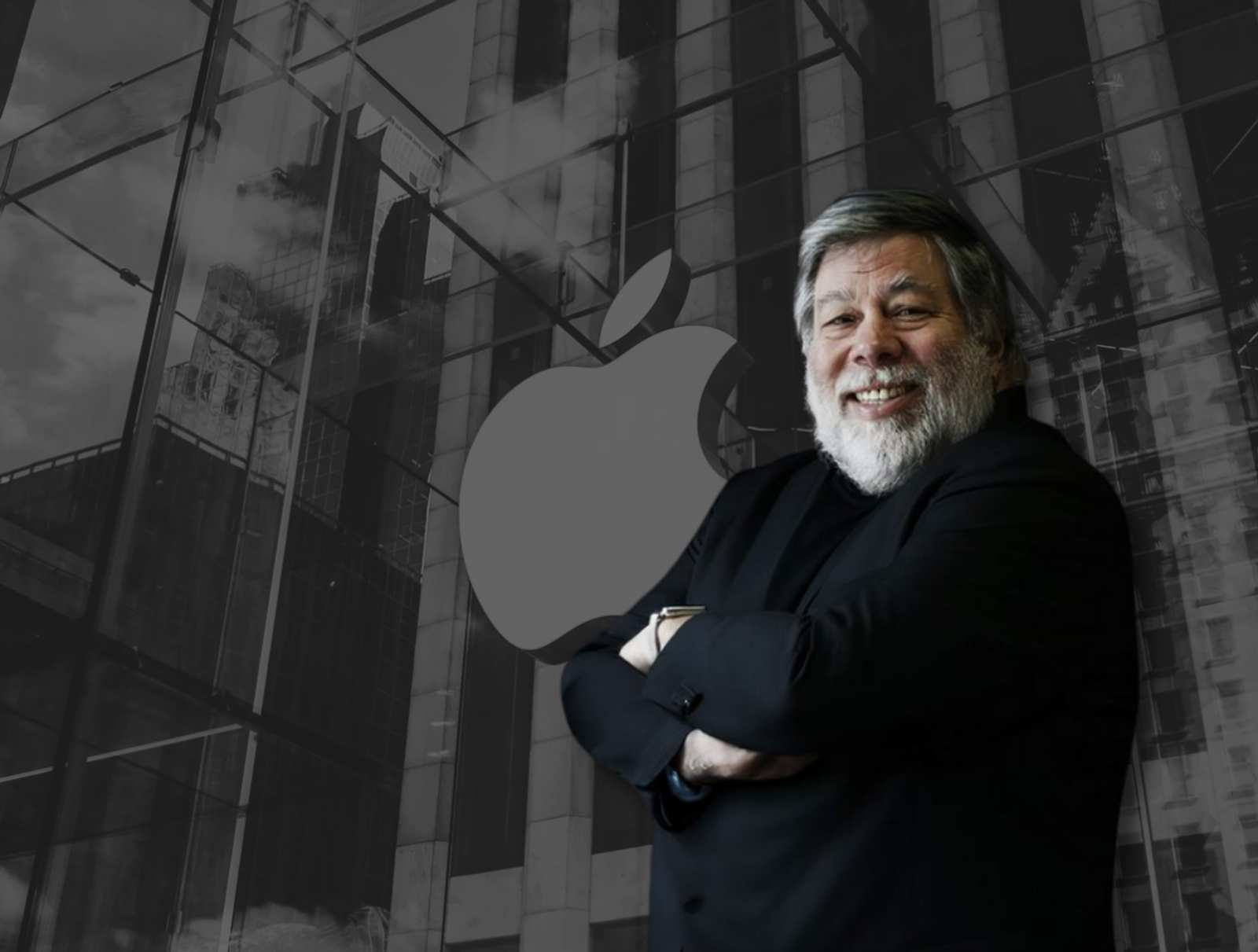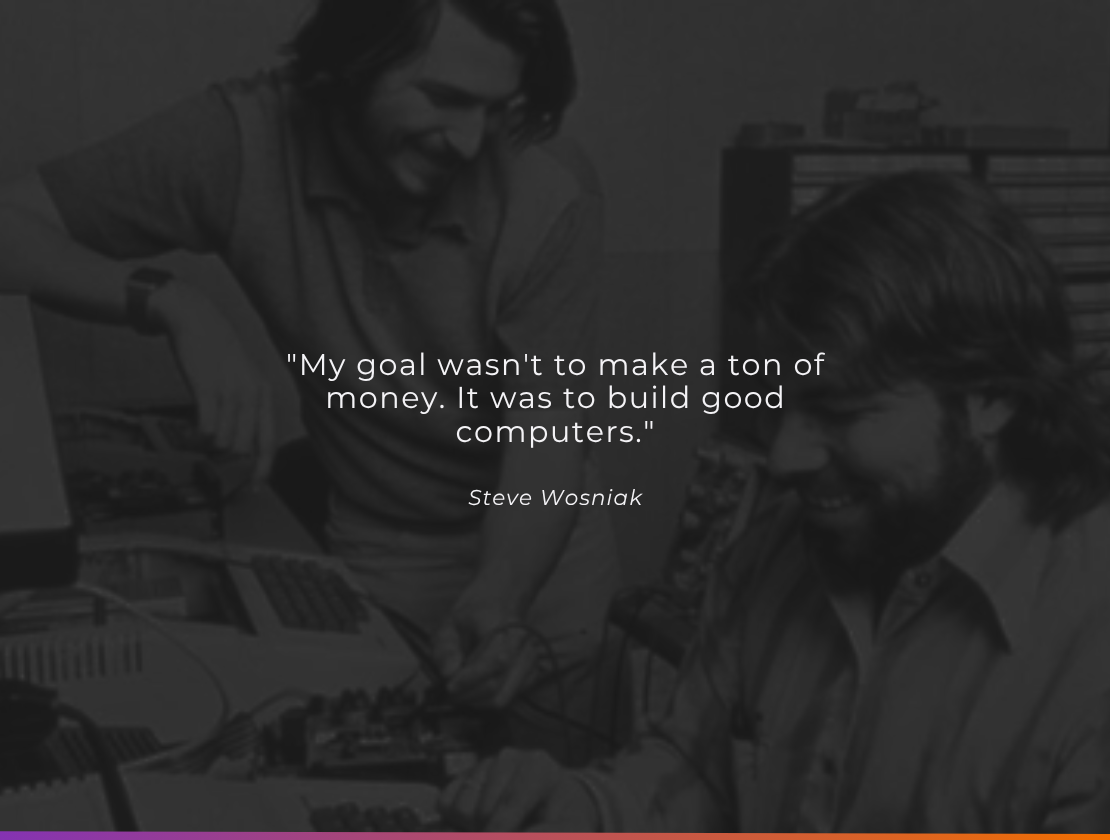Engineering Over Everything
What Steve Wozniak's Approach Teaches Modern CTOs

In 1976, when Steve Wozniak and Steve Jobs founded Apple Computer, they established what would become one of the most influential partnerships in tech history. While Jobs shaped the vision and business strategy, Wozniak dedicated himself entirely to technical excellence. His engineering work on the Apple I and Apple II didn't just launch a company; it defined personal computing as we know it today.
But what made Wozniak's approach as a CTO truly remarkable wasn't the products he created. It was his unwavering philosophy: "My goal wasn't to make a ton of money. It was to build good computers."
Hands-On Engineering at the Core
Unlike many modern CTOs who primarily manage technical teams and strategy, Wozniak was the technical team. He personally wrote the software and designed the hardware for Apple's early computers, maintaining deep hands-on involvement throughout the entire development process. This wasn't delegation; it was intimate knowledge of every circuit, every line of code, every design decision.
This level of technical involvement allowed Wozniak to innovate in ways that management-focused leaders simply couldn't. When you understand every component at a fundamental level, you can see optimisation opportunities that others miss.
Pure Engineering Enthusiasm
What's perhaps most inspiring about Wozniak's story is that his passion for engineering predated any commercial ambition. Long before Apple existed, he was designing computers purely for the joy of it. He wasn't analysing market opportunities or planning exit strategies; he was exploring the boundaries of what technology could do.
This intrinsic motivation created a different kind of innovation. When you're building because you love the craft rather than chasing metrics, you make different choices. You prioritise elegance, efficiency, and genuine problem-solving over features that simply look good in a pitch deck.
The Power of Elegant Simplicity
Wozniak's redesign of a floppy disk controller exemplifies his engineering philosophy perfectly. While the industry standard required 40 chips, he engineered a solution using just eight. This wasn't just cost-saving; it was a demonstration that elegant engineering often means doing more with less. The simpler solution was faster, cheaper, and more reliable.
This principle remains profoundly relevant today. In an era where tech stacks grow increasingly complex and teams rush to adopt every new framework, the discipline of simplification is more valuable than ever.
Lessons for Modern CTOs
At Octoco, where we provide CTO support alongside software development and hardware engineering services, we see the tension Wozniak's example highlights. Modern CTOs face pressure to focus on strategic planning, stakeholder management, and business alignment. These responsibilities are important, but Wozniak's success raises a critical question: what gets lost when technical leaders lose touch with the engineering itself?
The most effective CTOs we work with maintain what we call "technical intimacy"; they may not write every line of code, but they deeply understand the technology decisions being made. They can still review architecture, evaluate trade-offs, and provide meaningful technical guidance because they've kept their engineering skills sharp.
Finding Balance in Today's Landscape
This doesn't mean every CTO should abandon management responsibilities and return to coding full-time. The scale and complexity of modern technology companies require strategic leadership. However, Wozniak's approach offers a valuable corrective to the trend of purely business-focused technical leadership.
Perhaps the ideal modern CTO combines both worlds: strategic thinking informed by genuine technical depth. Someone who can discuss business objectives with the board in the morning and review system architecture with engineers in the afternoon. Someone who hasn't forgotten why they fell in love with technology in the first place.
Wozniak's legacy reminds us that sometimes the best leadership in technology isn't about leading at all; it's about building something excellent and letting that work speak for itself.
